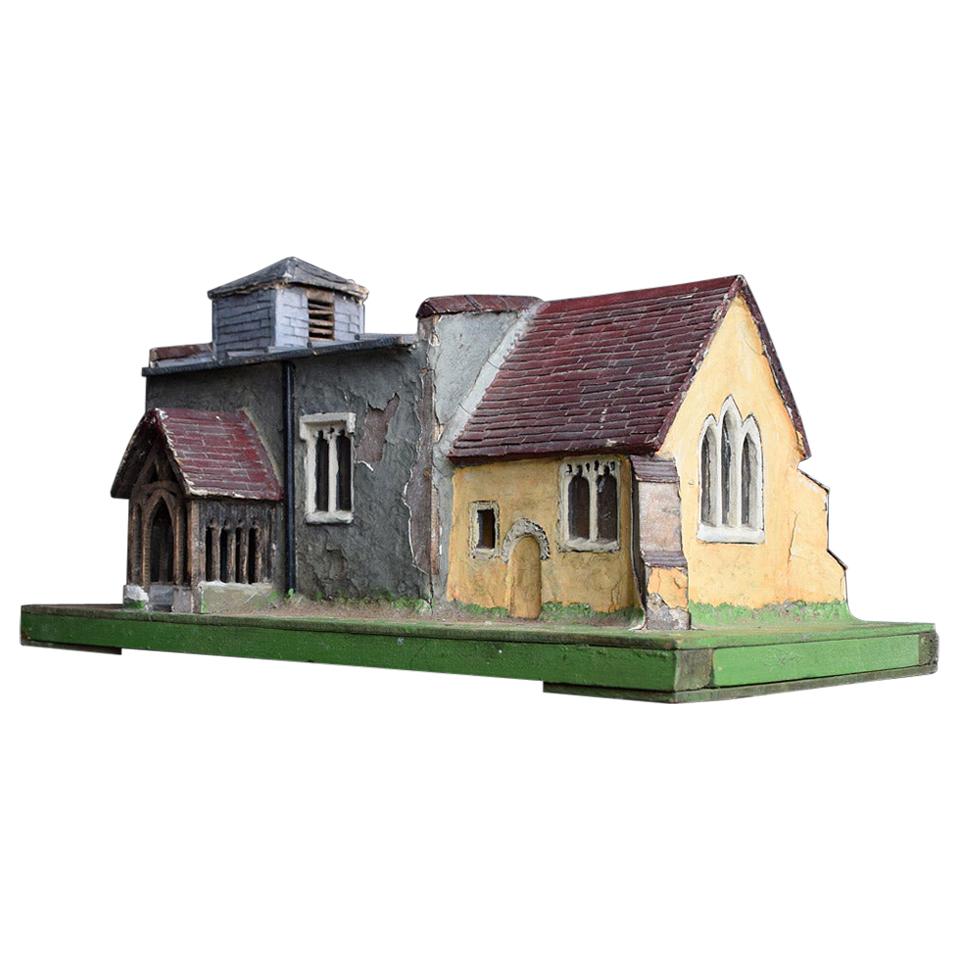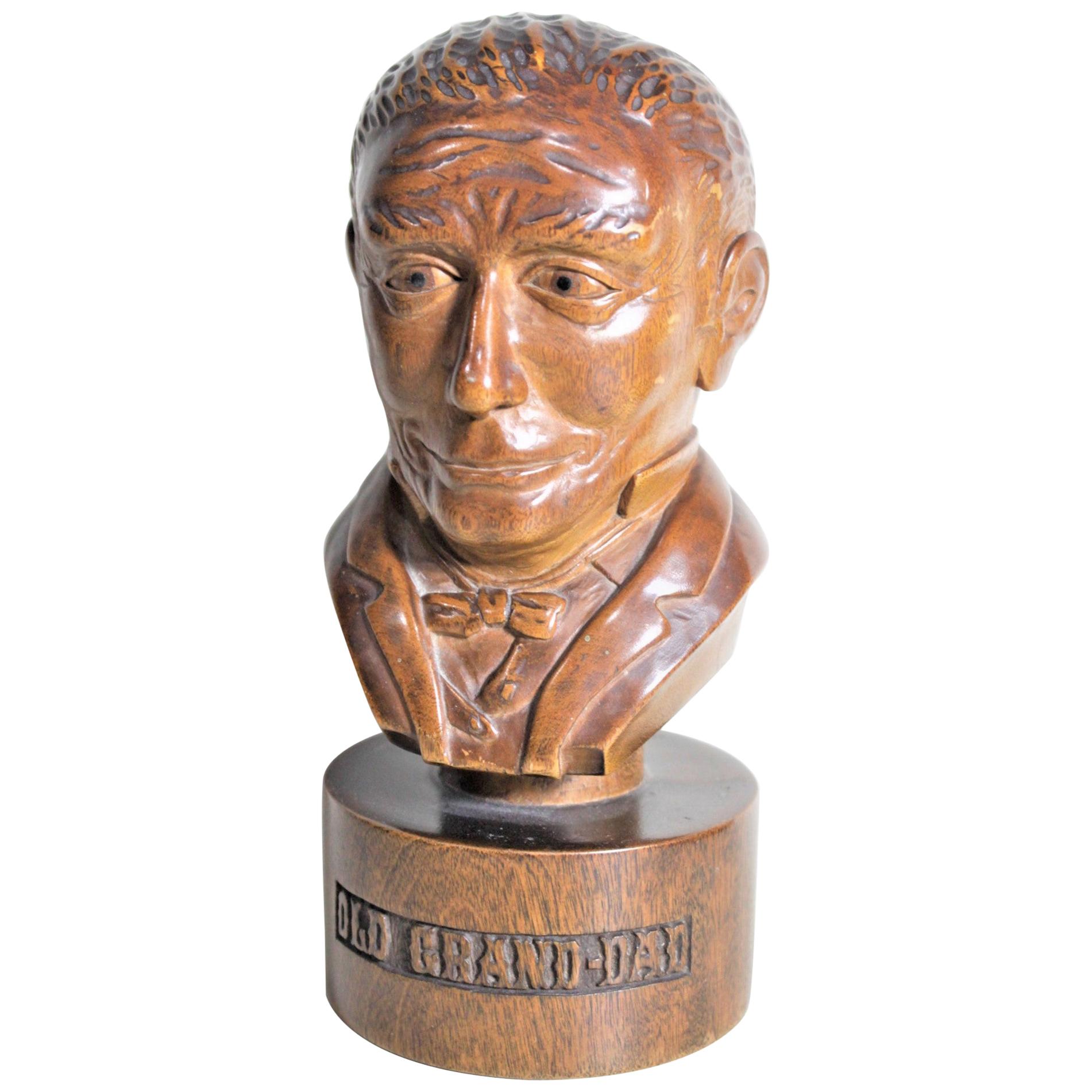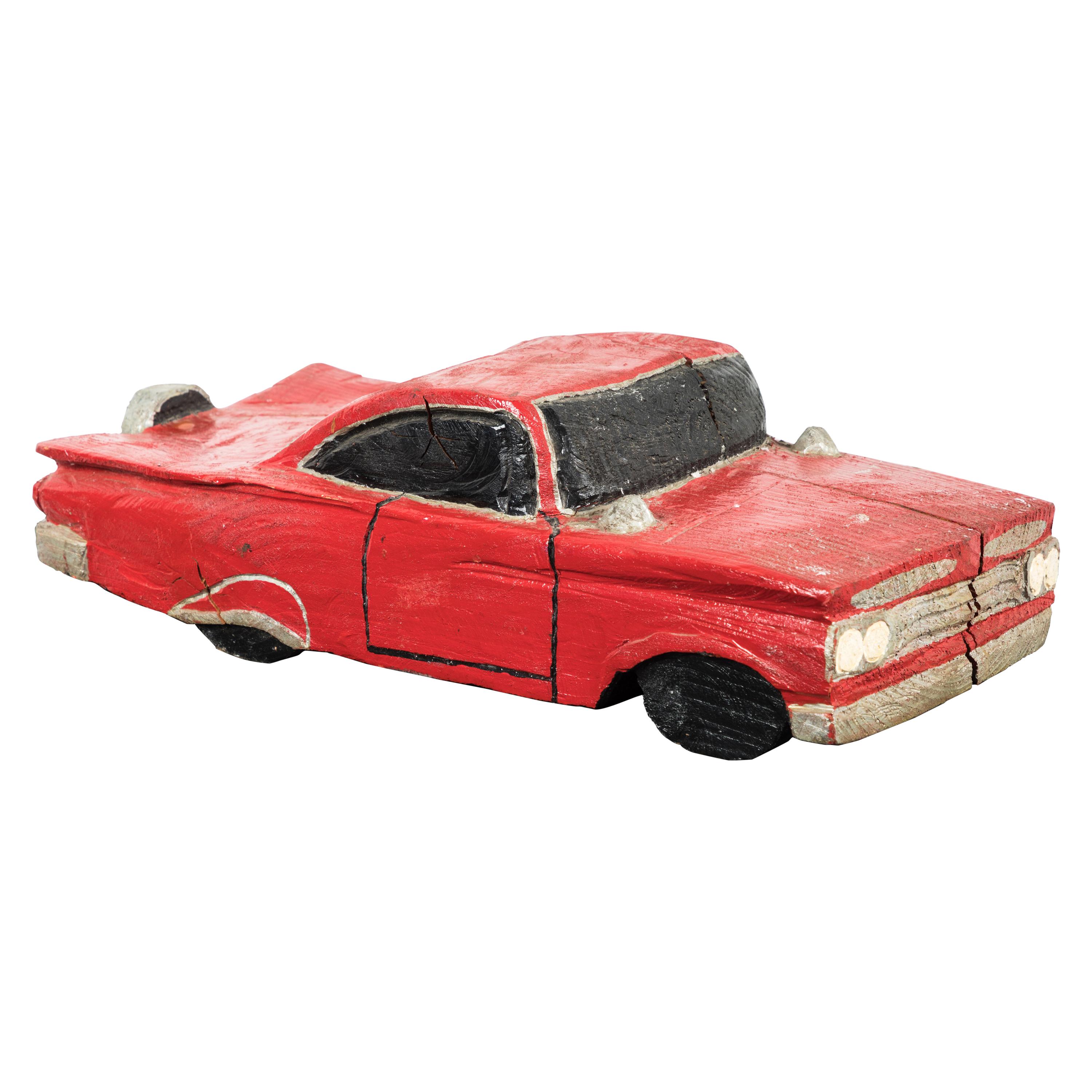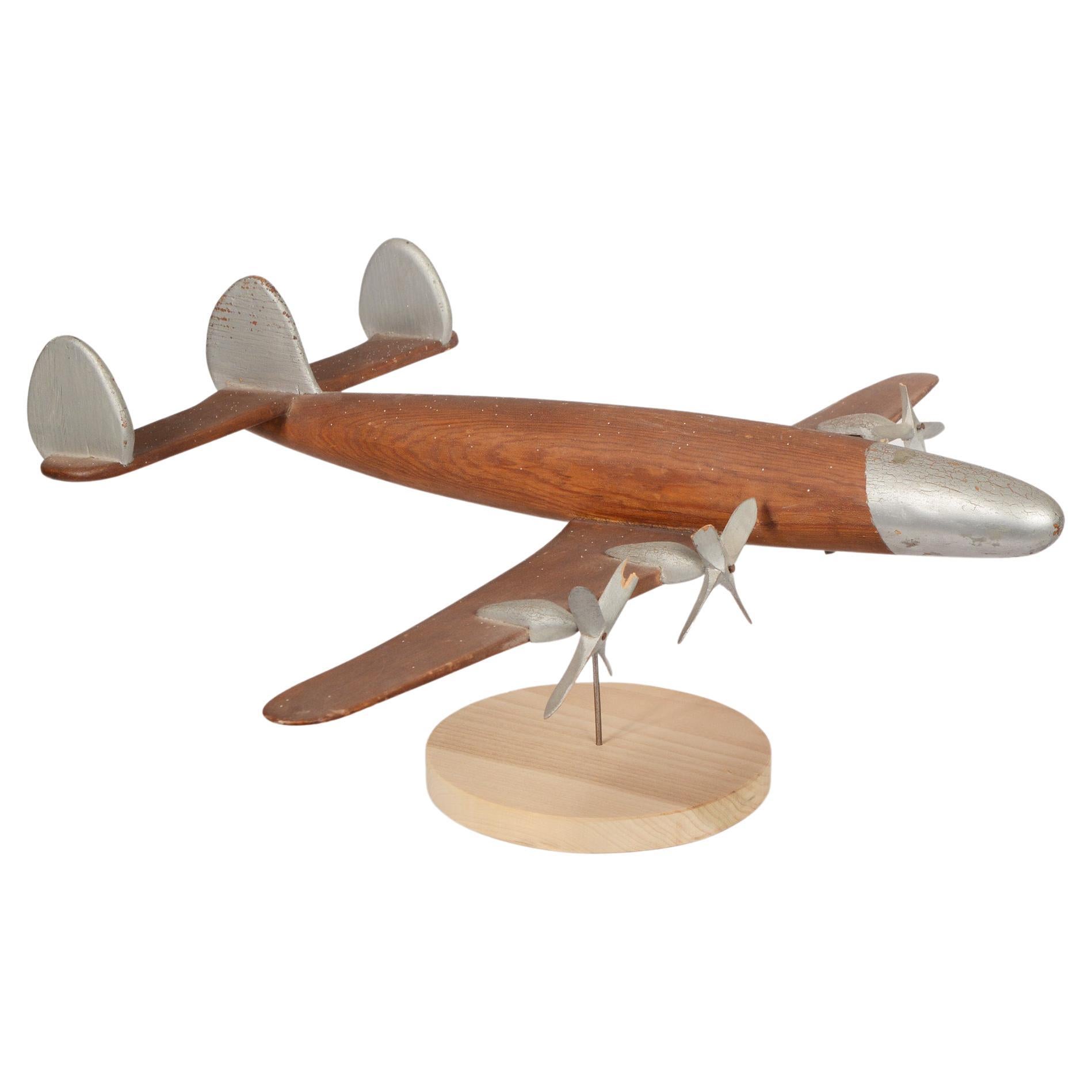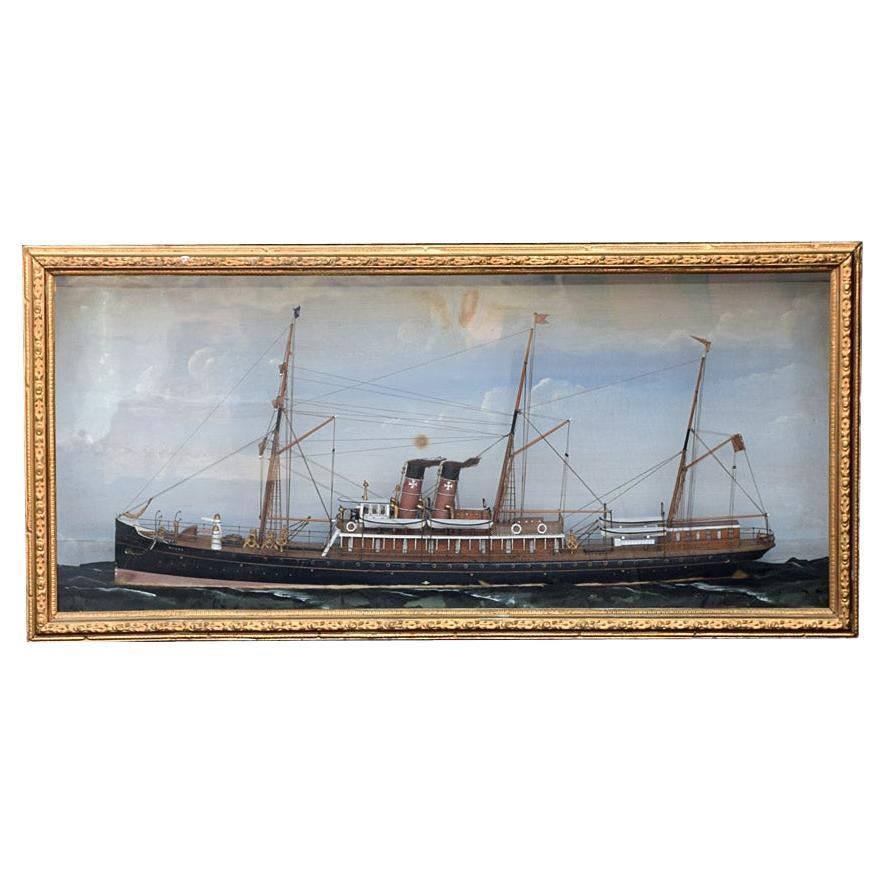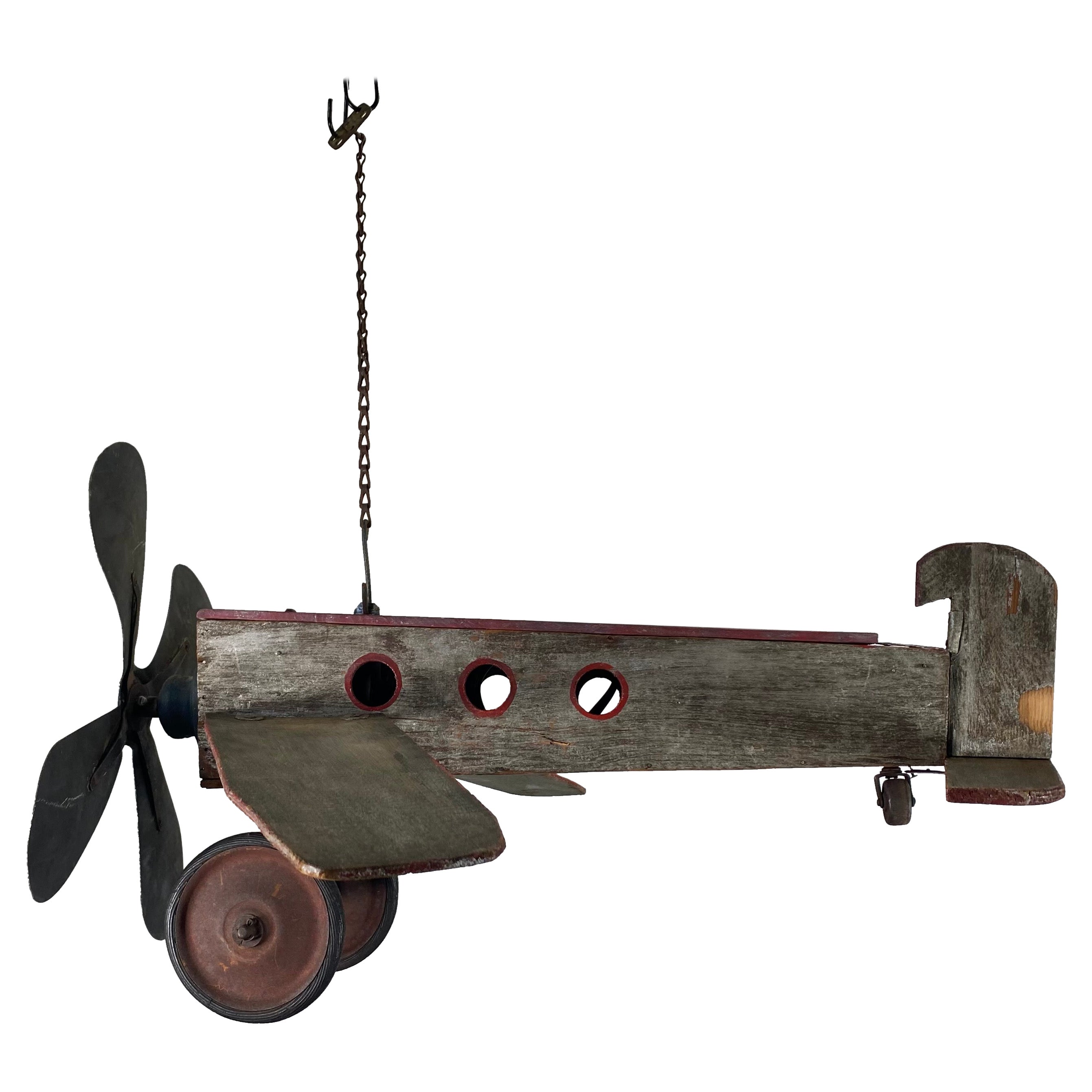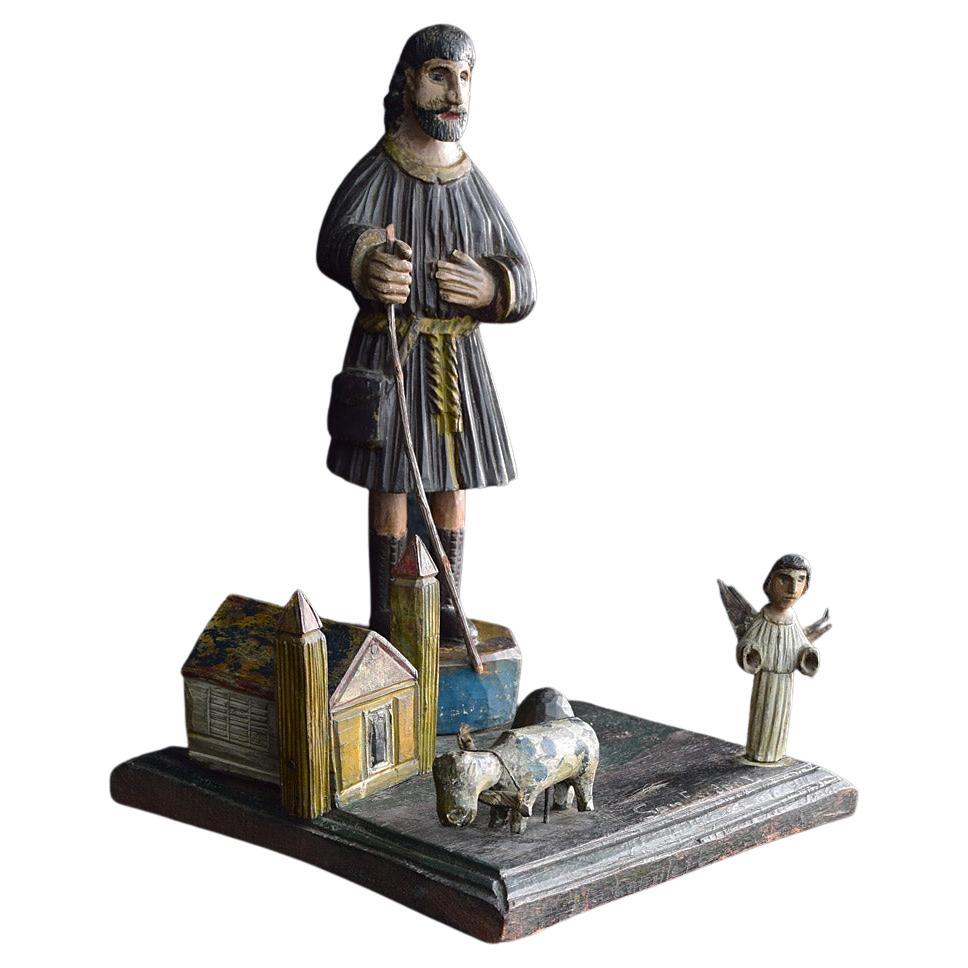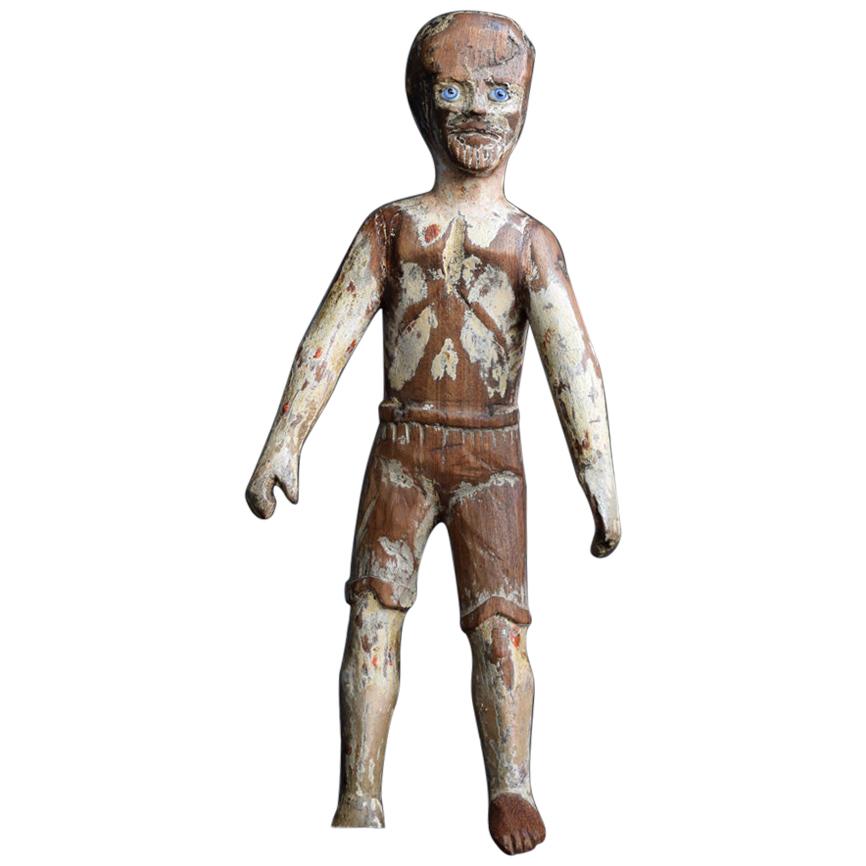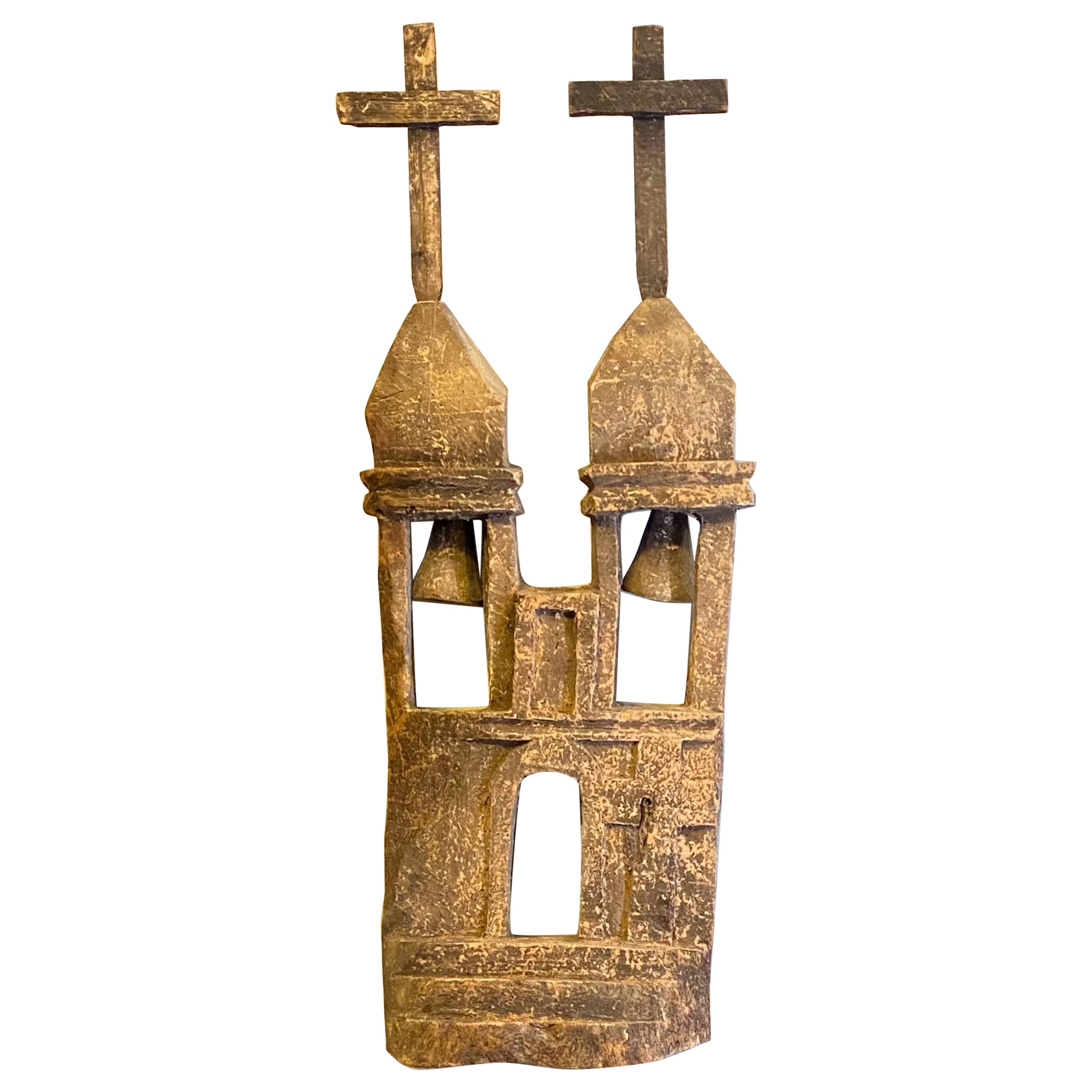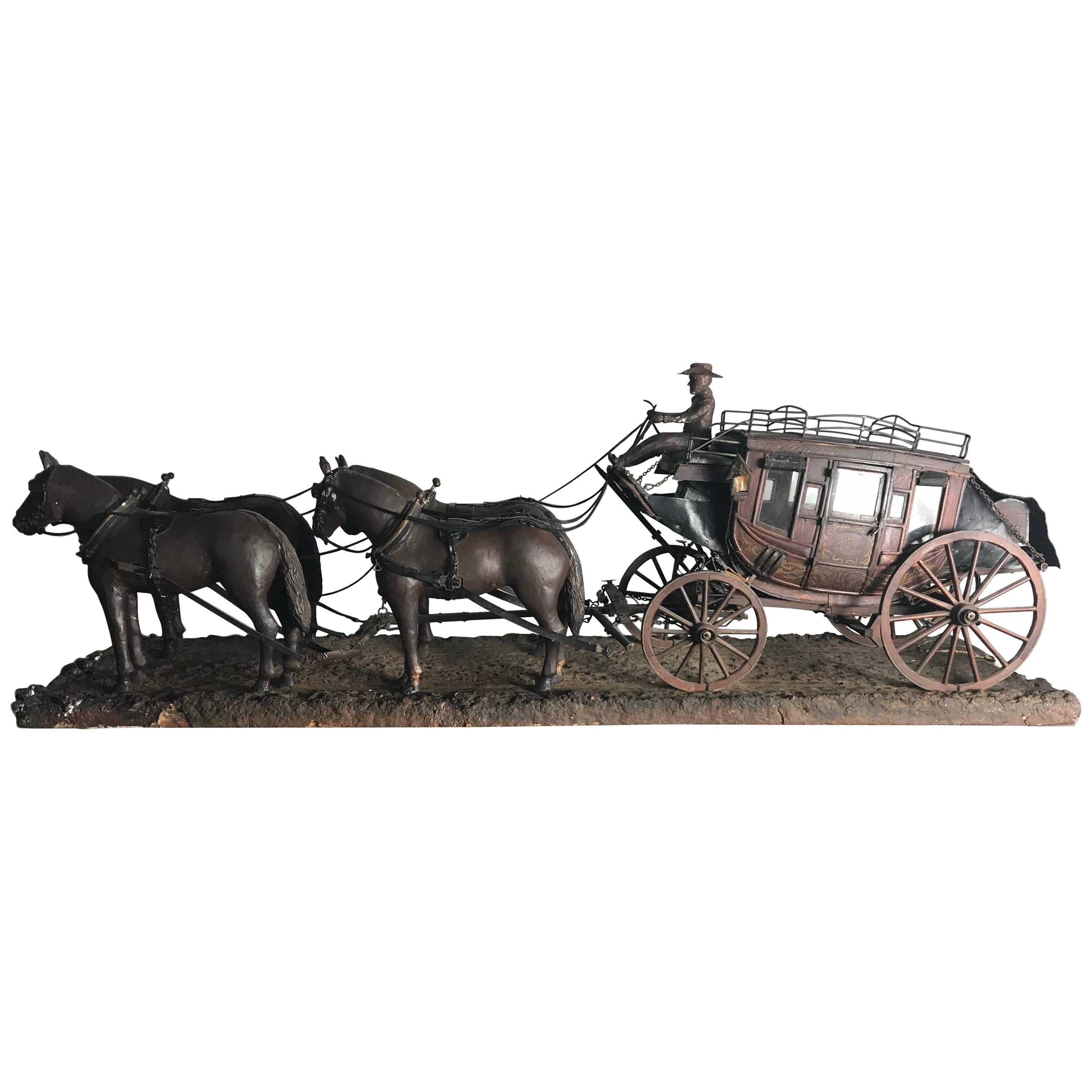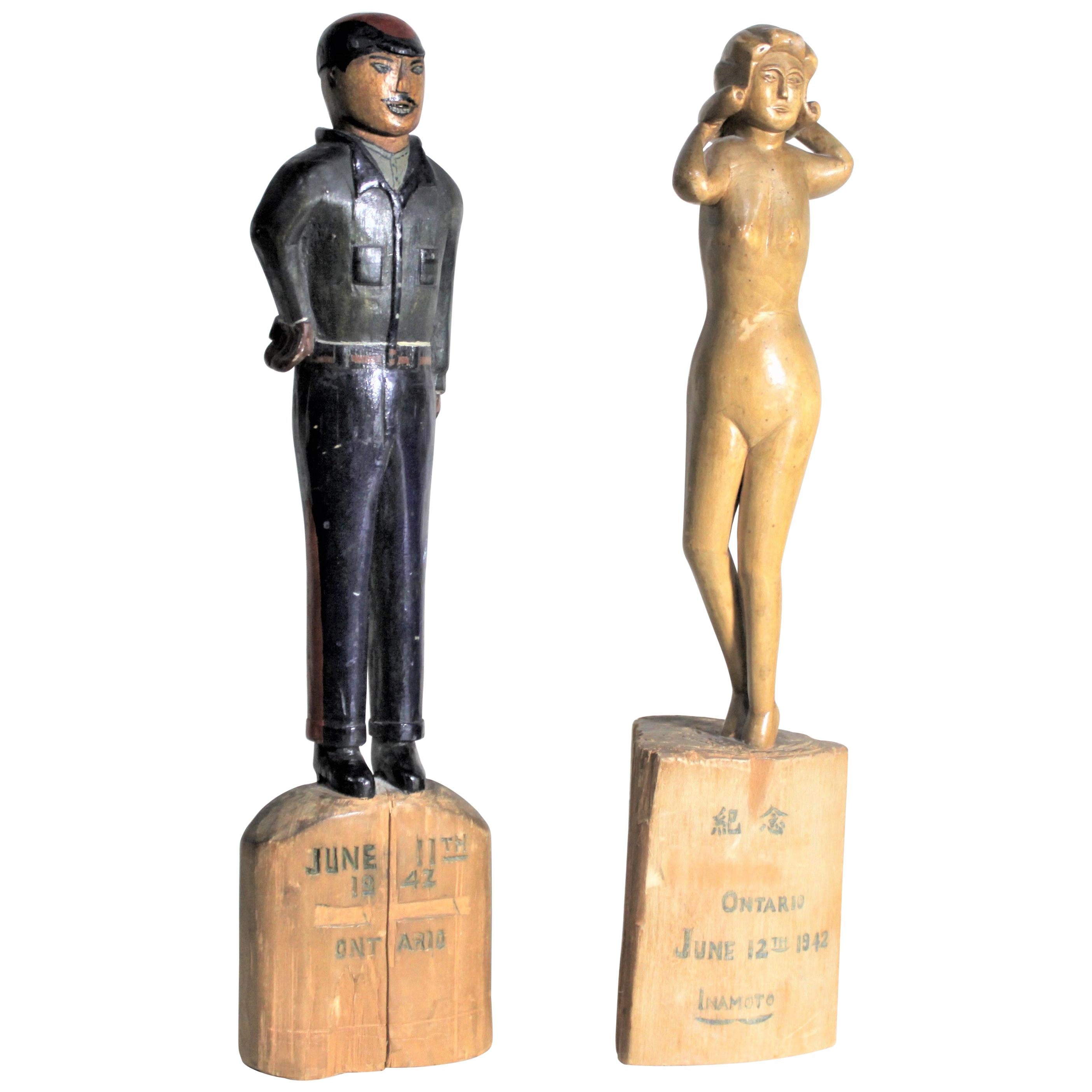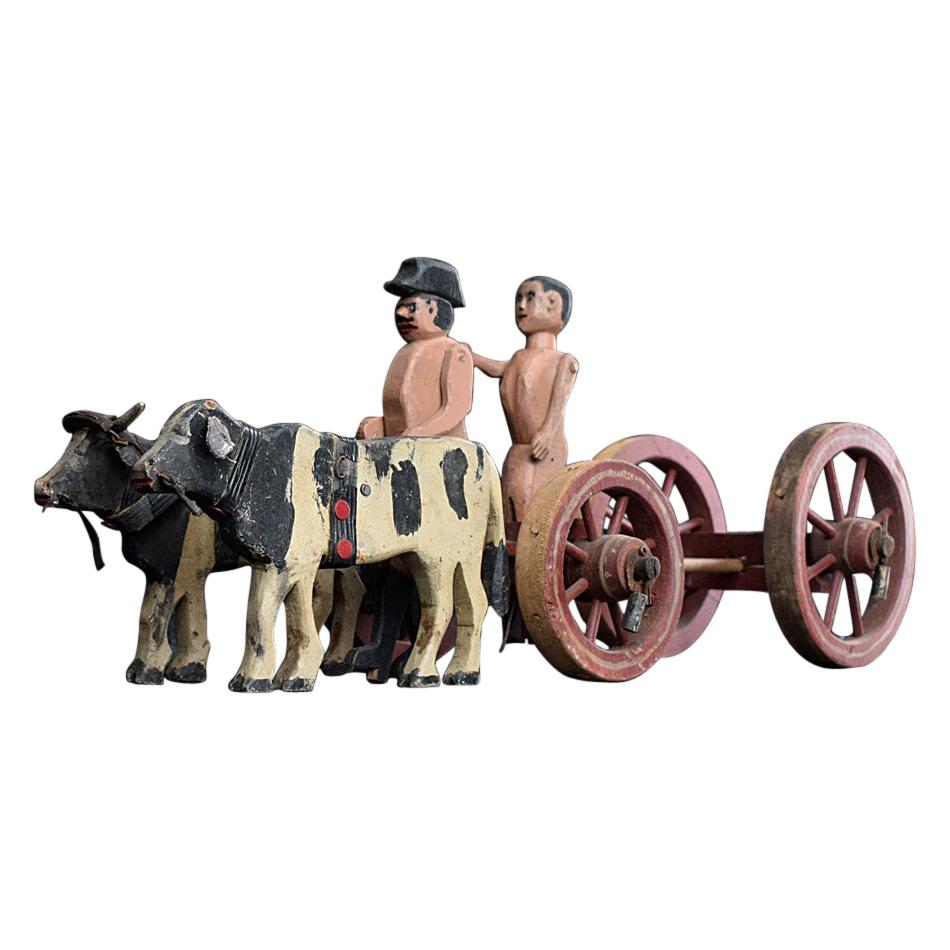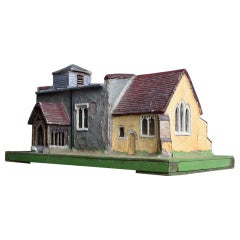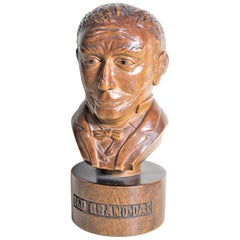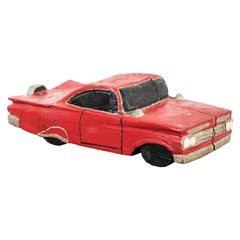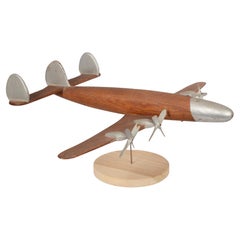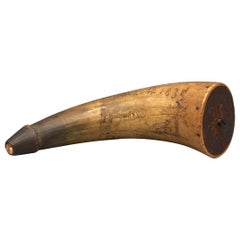
Pre-Civil War Antique Etched Powder Horn, 1835 Americana Folk Art Scrimshaw
View Similar Items
1 of 9
Pre-Civil War Antique Etched Powder Horn, 1835 Americana Folk Art Scrimshaw
$496List Price
About the Item
- Dimensions:Height: 9.5 in (24.13 cm)Width: 2.5 in (6.35 cm)Depth: 2 in (5.08 cm)
- Style:Folk Art (Of the Period)
- Materials and Techniques:
- Place of Origin:
- Period:
- Date of Manufacture:1835
- Condition:Wear consistent with age and use. Minor structural damages. Minor fading.
- Seller Location:Vineyard Haven, MA
- Reference Number:1stDibs: LU4404215981981
Authenticity Guarantee
In the unlikely event there’s an issue with an item’s authenticity, contact us within 1 year for a full refund. DetailsMoney-Back Guarantee
If your item is not as described, is damaged in transit, or does not arrive, contact us within 7 days for a full refund. Details24-Hour Cancellation
You have a 24-hour grace period in which to reconsider your purchase, with no questions asked.Vetted Professional Sellers
Our world-class sellers must adhere to strict standards for service and quality, maintaining the integrity of our listings.Price-Match Guarantee
If you find that a seller listed the same item for a lower price elsewhere, we’ll match it.Trusted Global Delivery
Our best-in-class carrier network provides specialized shipping options worldwide, including custom delivery.You May Also Like
English Folk Art Church Model
Located in London, GB
Folk Art Church Model
We are proud to offer a wonderful example of a mid-20th Century folk-art church model. Built from scratch using various material...
Category
Vintage 1940s British Folk Art Sculptures and Carvings
Materials
Wood
Antique Folk Art Carved Wooden Sculpture of the 'Old Grand Dad' Whiskey Logo
Located in Hamilton, Ontario
This antique Folk Art carved wooden sculpture is initialed on the base, but the artist is unknown. It is presumed this carving was done in the United States in 1945 in a Folk Art sty...
Category
Mid-20th Century American Folk Art Historical Memorabilia
Materials
Hardwood
Wood Carved American Folk Art Muscle Car
Located in Santa Monica, CA
Hand carved Folk Art American Muscle car. Wood carved with original paint surface.
Category
Vintage 1950s Folk Art Sculptures and Carvings
Materials
Wood
Folk Art Model of a Lockheed Constellation Airliner
Located in San Mateo, CA
Large model of a Lockheed Constellation made by Charles Long. The airplane is made of redwood. The propellers are pine. Charles was a captain in...
Category
Vintage 1950s American Folk Art Aviation Objects
Materials
Wood
American Folk-Art Steam Ship Encased Diorama
Located in London, GB
American Folk-art Steam Ship Encased Diorama
We share what we love, and we love this turn of the century hand crafted American folk-art encased steam ship model...
Category
Antique Early 1900s Folk Art Sculptures and Carvings
Materials
Metal
1930s Folk Art, Wood and Metal Airplane / Fan
Located in Buffalo, NY
1930s Folk Art, wood and metal airplane / fan... amazing design, working motorized fan blade, hand build and hand painted.
Category
Vintage 1930s American Folk Art Sculptures and Carvings
Materials
Metal
